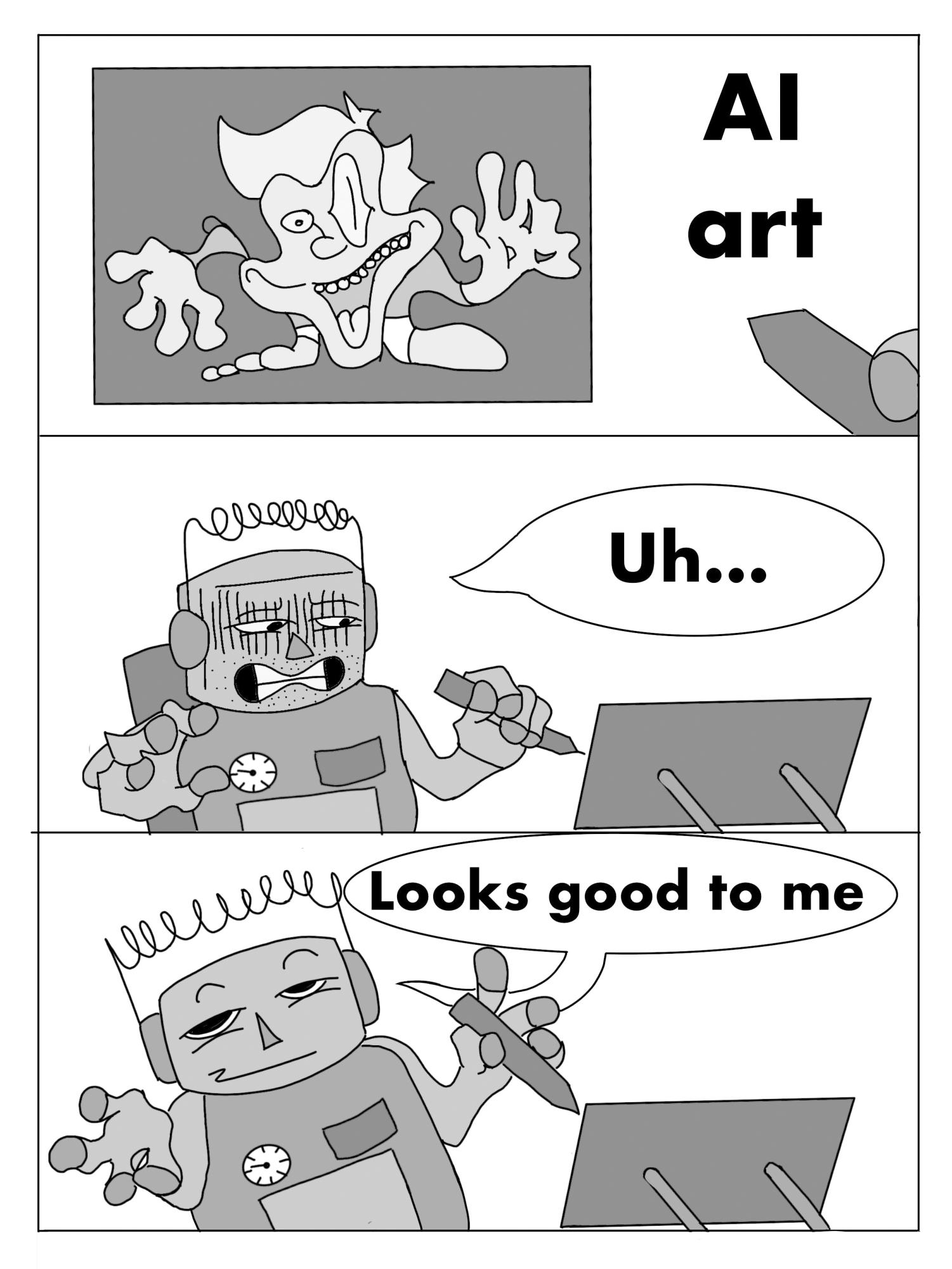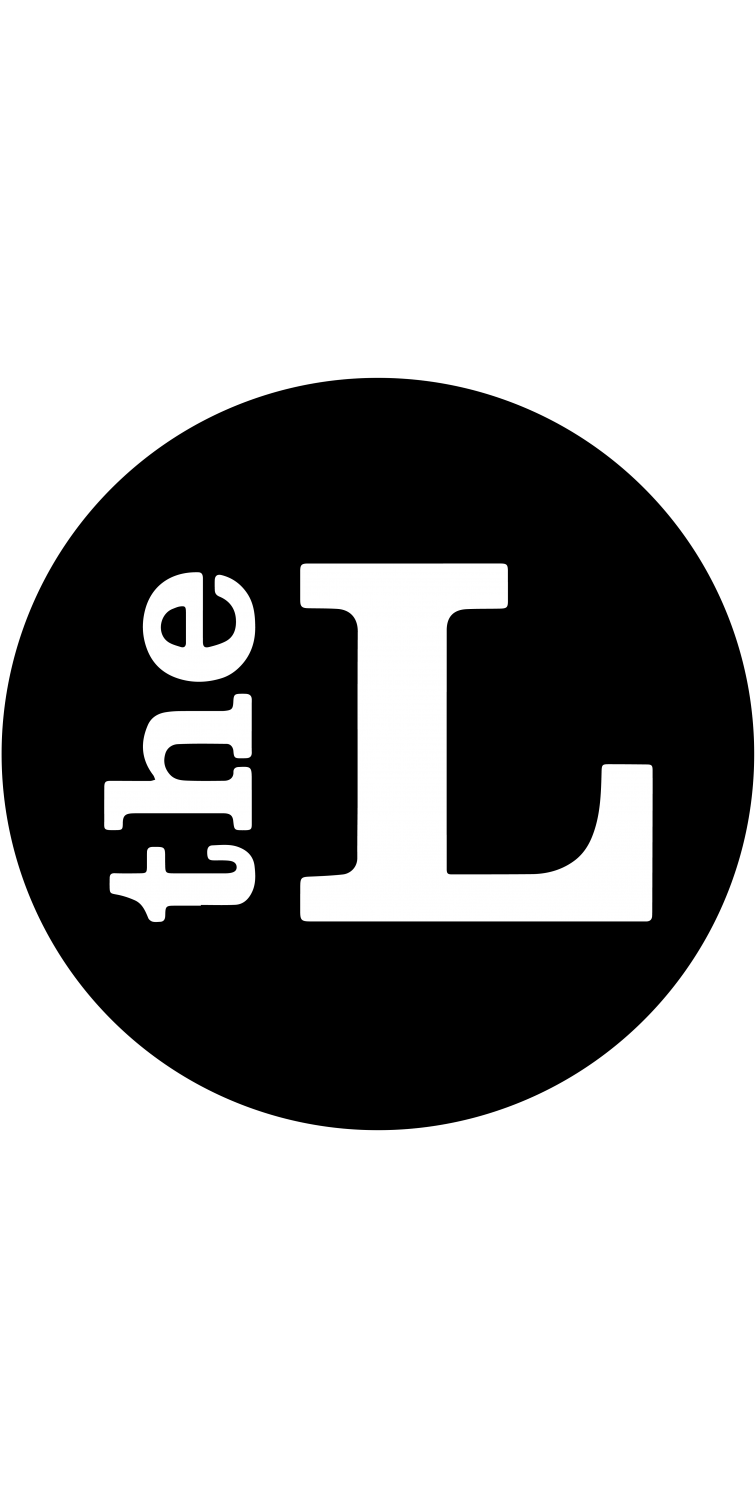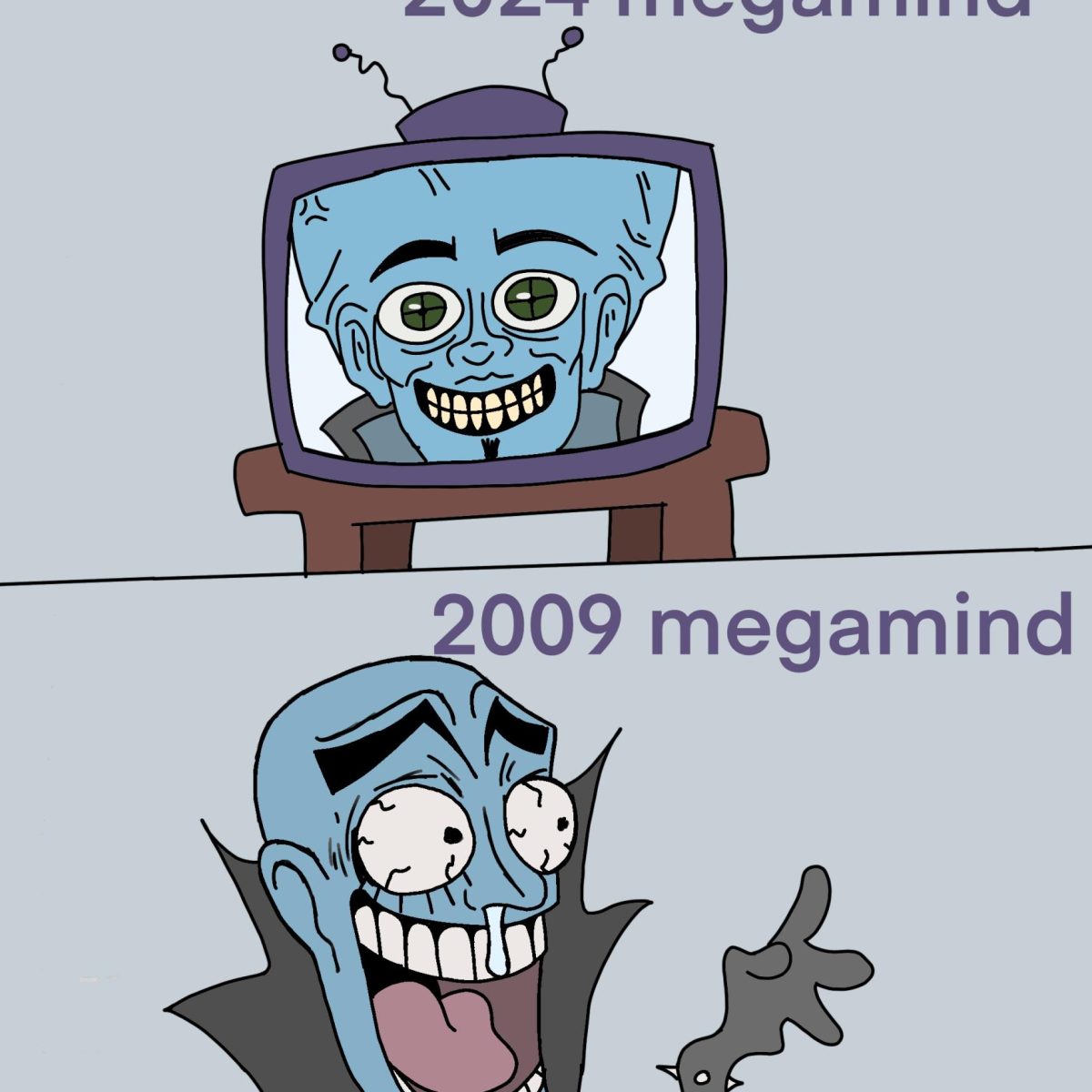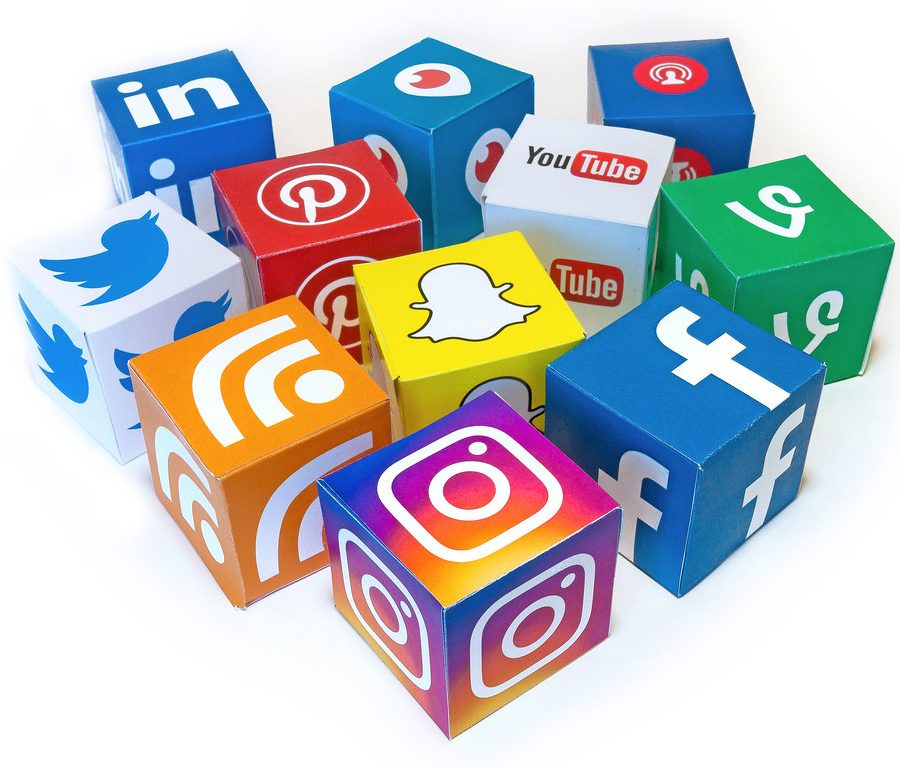With the ever-changing scope of technology, we as a generation constantly have to accept new ways in which artificial intelligence is integrating itself into our lives.
Within the past year, AI usage within art has become a constant topic of debate in the media, with an overwhelmingly negative connotation as a destructive force. Artists and the general public alike have been convinced that AI will destroy any artistic opportunities for humans, turning art into a mass produced commodity devoid of meaning.
But that is a major generalization that ignores the inherent positives of AI art.
Although there is definitely room for misuse when it comes to this new and unregulated medium, it is absolutely a leap to say that the implementation of AI art will be catastrophic to the integrity of the arts and the industries beginning to incorporate it.
AI, when used ethically, is an amazing tool for artists, capable of transforming the way that we produce and consume art. AI allows artists to put more of their effort into their real creative expression while optimizing the technical work they can create in a fraction of the time. These algorithms are able to work infinitely faster than any human artist, meaning that when humans and AI are able to collaborate, it allows artists to put more of their work out into the world than they ever could without the help of AI.
But understandably, what many find so disturbing about AI is the supposed erasure of the human touch.
“We’ve always appreciated art because of the human emotion that goes into it,” said Alex Liu, a TO junior focusing his AP research project around AI and graphic design. “There’s an actual person behind every piece. They have some emotion, reason, or perspective into why they’re making this.”
This human aspect does not have to be lost simply because a computer algorithm is assisting in the creation of the work.
Through the process of his research, Liu found that there are “artists out there [who] have been using AI more in their work process, and there are some very interesting results.”
Liu explained that many artists were interested in seeing how they could streamline how they create their work and how their art translates when put through an AI.
“While a lot of nefarious usages of AI are well known in the media, I think people should know that there are some very good uses for AI by artists and that it actually can be a quite useful tool,” Liu said.
The most common concern of many artists is “image generators harming their livelihoods [or] their work [being] used – without compensation or credit – to train the generators,” according to AI News’ Rayn Daws.
This is a fair concern, as many current AI image generators work off of art taken from the internet without the artist’s compensation, or often without their knowledge. Though this is an absolutely unethical use of art, strides are being taken to create new ways in which generated art does not have to come at the expense of human artists.
Shutterstock has released an image generator using stock images within their own website, which means that the image is capable of being licensed, and allows for the creator of the work to be notified and compensated for their contribution. The creators behind the shutterstock AI generator say that the artists are paid royalties for the continued use of their work within the AI’s datapool.
Though this has yet to become the industry standard, many models are moving in the direction of artist acknowledgment and ethicality, and with the continued use and support of models working towards making AI a viable tool for artists we can both maximize art while not at the detriment of the human artists.
“We can collaborate with AI – there is a real role in AI for art as an industry, not in a negative way,” Liu said.
B oth artists and clients benefit from the implementation of ethical AI-generated art, not just as a supplement for human labor but as a way of uplifting artists to allow for more creative work than ever before possible, it is time to embrace our new technology.

About the Contributor
Joseph Goodnight, Opinion Editor





